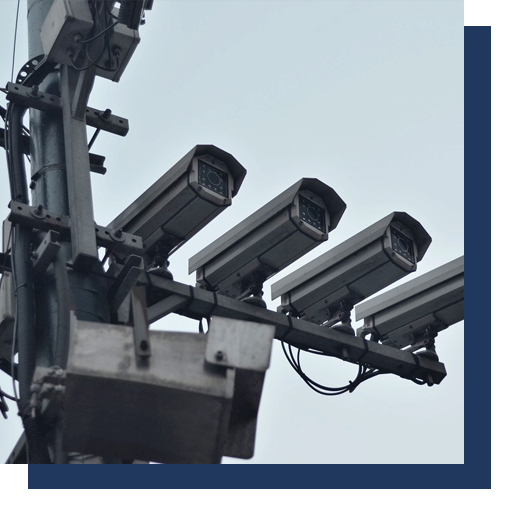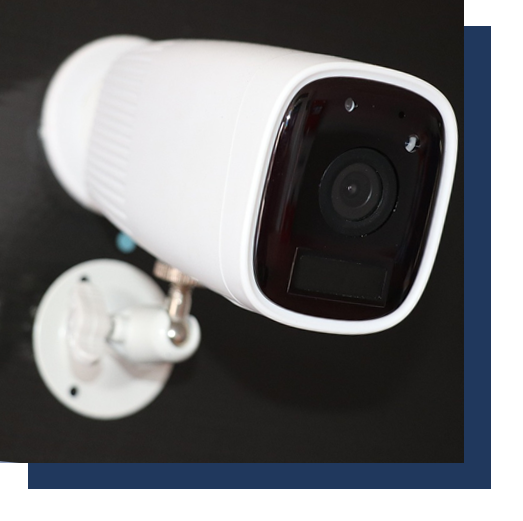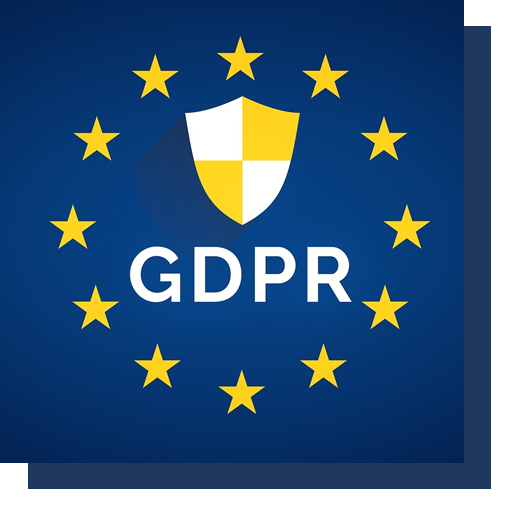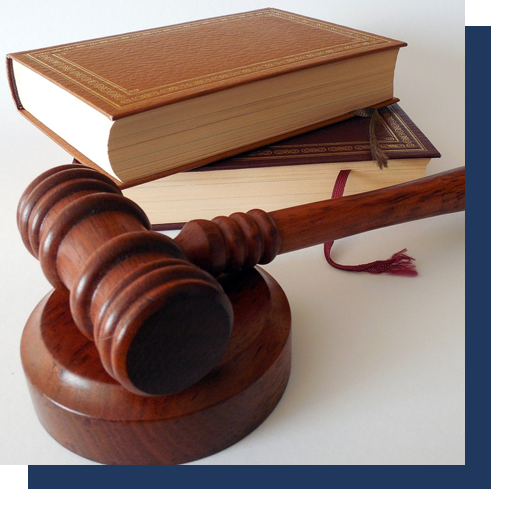
ANPR – Automatic Number Plate Recognition
ANPR is a technology that uses optical character recognition (OCR) to read and identify vehicle license plates. It can be used for various purposes, such as traffic monitoring, law enforcement, and parking management.
ANPR systems capture images of vehicles and their license plates using cameras. These images are then processed using OCR algorithms to recognise and extract the license plate information. The extracted data can be compared against databases for various purposes, such as identifying stolen vehicles or tracking traffic violations.

A BWV or BWC system is a portable audio and video recording device typically used by law enforcement officers, security personnel, and other professionals to capture interactions, incidents, and evidence in real-time. These devices are usually attached to the user’s uniform or clothing and provide an objective record of events from the wearer’s perspective.
They can capture audio and video footage using built-in microphones and cameras. The recorded data is stored either internally on the device or transmitted to a central storage system. Some BWV systems also offer live streaming capabilities, allowing remote monitoring of events in real-time.

EACS are digital networks that control access to security portals, which are entries into or out of a security boundary. These systems help protect people, facilities, assets, and intellectual property from potential threats and theft. Most EACS also function as an intrusion alarm system and can be powered by traditional electrical circuits or power over ethernet


GDPR is a comprehensive privacy and data protection law that was implemented in the European Union (EU) in May 2018. The main aim of GDPR is to give individuals more control over their personal data and to harmonize data protection regulations across the EU member states.
GDPR applies to any organisation, regardless of its location, that processes the personal data of citizens.
Some of the key principles and requirements of GDPR include:
Non-compliance with GDPR can result in significant fines and penalties for organisations, up to 4% of their annual global turnover or xxxxx , whichever is higher.


LP – Lawful Purpose.


Datpro, Errwood House,
212 Moss Lane, Bramhall,
Stockport, Greater Manchester
SK7 1BD
2023 Copyright Datpro. All Rights Reserved : Privacy Policy